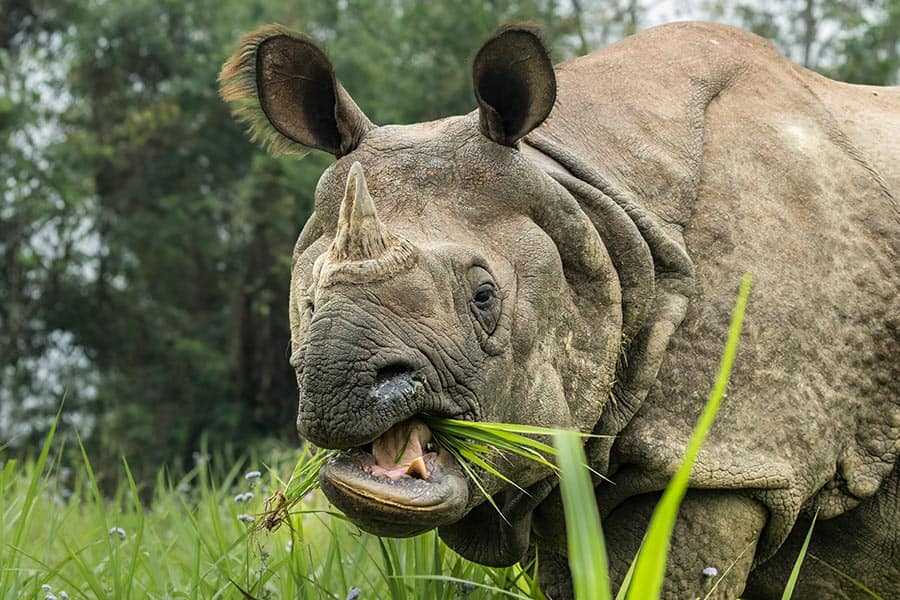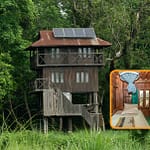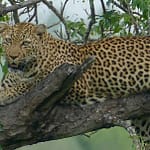Discover Chitwan National Park: Nepal’s Natural Treasure.
Nestled in the subtropical lowlands of south-central Nepal, Chitwan National Park stands as a testament to the country’s rich biodiversity and natural beauty. Established in 1973 and recognized as a UNESCO World Heritage Site in 1984, this park is a haven for wildlife enthusiasts and nature lovers.
The Heart of Chitwan.
1. Diverse Ecosystem: Spanning over 932 square kilometers, Chitwan National Park boasts a diverse range of habitats, including dense forests, grasslands, and riverine ecosystems. This variety supports an incredible array of flora and fauna, making it one of the most biologically diverse areas in the world.
2. Majestic Wildlife: The park is home to the endangered one-horned rhinoceros, Bengal tiger, and Gharial crocodile. Visitors can also spot leopards, sloth bears, wild elephants, and over 500 species of birds. The rich biodiversity makes every safari an unforgettable adventure.
3. Safari Adventures: Exploring Chitwan offers unique experiences, from jeep safaris and jungle walks to canoe rides on the Rapti River. The chance to see wildlife up close in their natural habitat is a thrilling experience for any visitor.
Cultural Encounters.
4. Tharu Community: The indigenous Tharu people, with their unique culture and traditions, have lived harmoniously with nature for centuries. Visitors can engage with the Tharu community, witnessing their traditional dances, exploring their mud-built homes, and tasting local cuisines.
5. Conservation Efforts: Chitwan National Park is not just about tourism; it’s also a hub for conservation. Efforts to protect and preserve the unique ecosystem and its inhabitants are ongoing, with numerous programs and initiatives aimed at maintaining biodiversity.
Plan Your Visit.
6. Best Time to Visit: The ideal time to explore Chitwan is from October to March when the weather is pleasant and wildlife sightings are frequent. Monsoon season (June to September) can make some areas inaccessible due to heavy rains.
7. Accommodation: From luxury lodges to budget-friendly guesthouses, Chitwan offers a range of accommodations catering to all types of travelers. Staying within or near the park ensures easy access to all the activities and safaris.
8. How to Get There: Chitwan is accessible by road and air. The nearest airport is in Bharatpur, a short drive from the park’s entrance. Regular bus services and private vehicles also connect Chitwan with major cities like Kathmandu and Pokhara.
Conclusion: Chitwan National Park is more than just a wildlife sanctuary; it’s a gateway to understanding Nepal’s natural and cultural heritage. Whether you’re an avid bird watcher, a wildlife photographer, or simply someone seeking tranquility amidst nature, Chitwan offers a unique and enriching experience.
Experience the wilderness, connect with nature, and be a part of Nepal’s vibrant heritage at Chitwan National Park.







